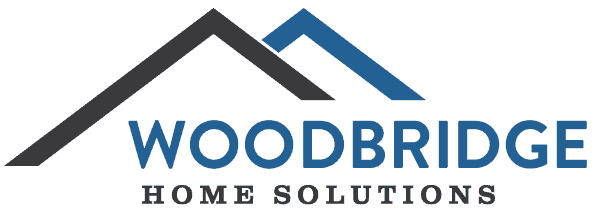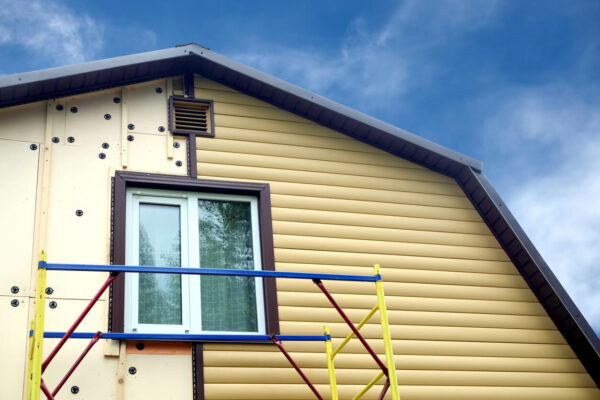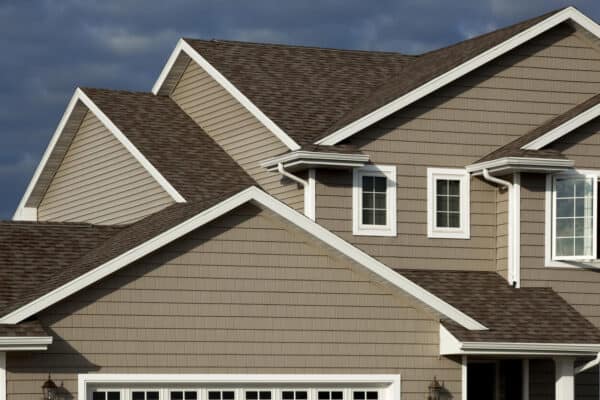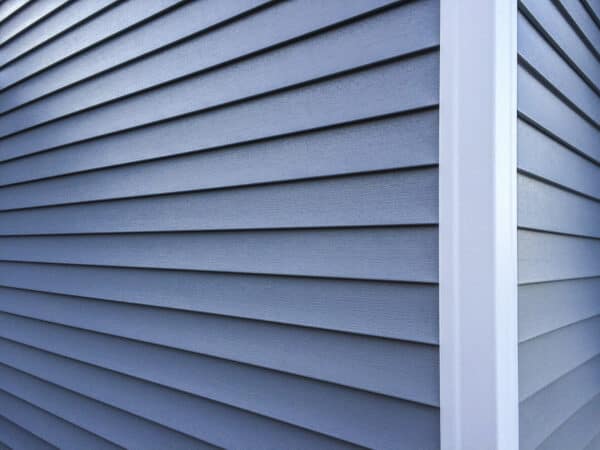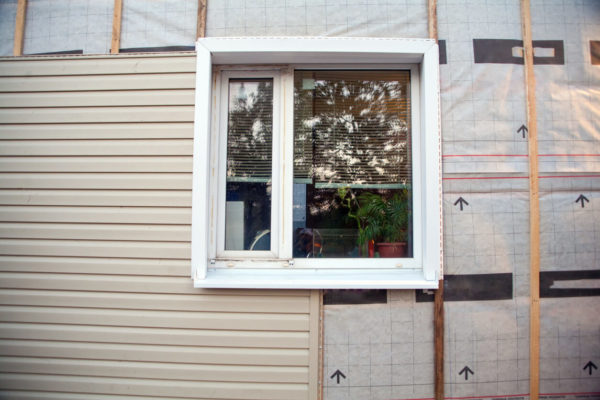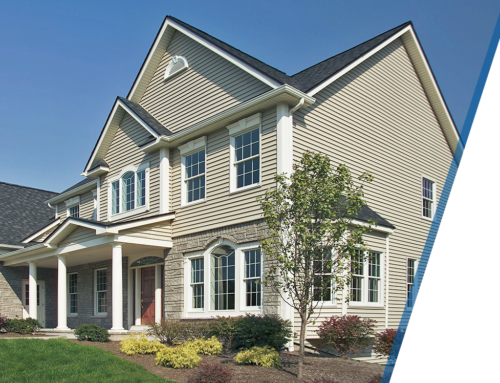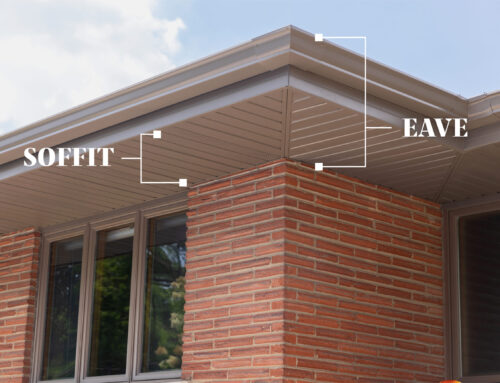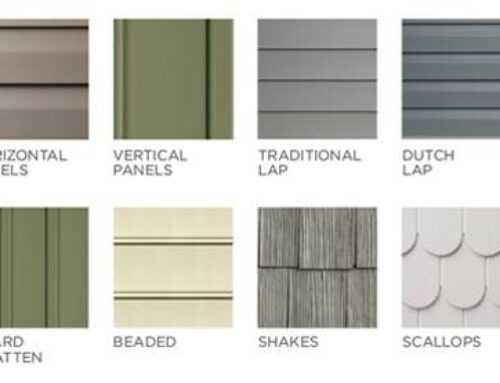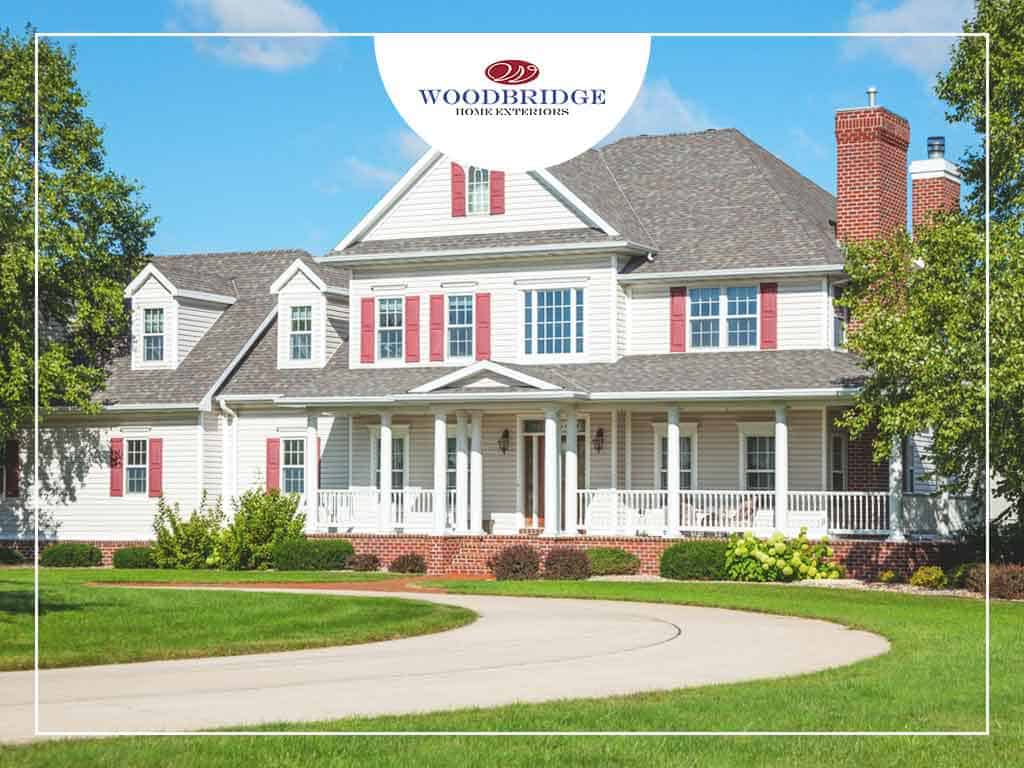
Standard vinyl siding continues to be one of the homeowners’ most popular siding material choices. Its insulated variant, however, possesses qualities that make it even better in terms of aesthetics and function.
Solid rigid foam insulation backing makes the siding more durable and resistant to warping and movement. Let’s dive deeper into the benefits of insulated vinyl siding and the various ways it can improve your home’s exterior.
Contents
Contents
What is Insulated Vinyl Siding?
The technical name for vinyl siding is polyvinyl chloride. Vinyl siding is made from a heavy-duty plastic base and includes special additives that protect the product from UV rays to resist color fading.
There are two main types of vinyl siding – uninsulated hollow-back vinyl siding or the preferred insulated vinyl siding.
Insulated vinyl siding uses a foam board backing to fill the air gaps. The insulated product has a higher R-value than hollow-backed siding. (An R-value is a material’s resistance to heat flow.) Impressively, the R-value of insulated vinyl siding is from 3x to 10x the R-value of hollow-back siding.
Highlighting the Advantages
A notable benefit of insulated vinyl siding is that it raises the exterior wall’s R-value, albeit by a small amount. Standardized testing revealed a range of increased R-value from 2.0 to 2.7, as well as modest reductions in thermal bridging and an average increase in building airtightness of 11%.
The added insulation also gives the material a firmer, more solid look and feel. It is especially true when they are paired with vinyl replacement windows during installation. Uninsulated ones have hollow spaces behind the vinyl skin, so the surface gets pushed in easily when pressed on.
Is It Worth the Extra Cost?
However, it should be noted that insulated vinyl siding panels come at a high cost. The added insulation at the back of the material raises the cost by at least 20%. Even so, the material provides measurable but passable improvements in thermal performance. Choosing this material for home improvement can, in a way, help increase energy efficiency.
Having it installed by professionals is what makes it worth the investment. The benefits of insulated vinyl siding can only be realized through precise installation.
Why Choose Insulated Vinyl Siding
Studies show that air leakage, whether they’re through windows or elsewhere, can account for about 30 percent of your energy consumption. This means that the siding you choose for residing your home from the outset or at least maintaining the structural integrity of your siding is paramount to keeping your energy costs as low as possible.
Low Maintenance
Vinyl siding is one of the most common materials used for siding these days, and for a good reason. The main draw comes from insulated vinyl siding’s low-maintenance properties, allowing you to clean and maintain it simply by slathering it with soapy water once in a while.
Some insulated vinyl siding panels don’t take well to being cleaned by high-pressure hoses, but ours are more rigid and durable than those you can buy off-the-shelf.
Insulated siding offers superior protection from warping, shrinking, swelling, denting, and rotting. And since the material requires very little maintenance, it typically has a longer lifespan and better return on investment than other types of siding.
Insulated vinyl is also resistant to color fading because the color blended through the entire thickness of the material. This ensures the color is much longer-lasting. Modern vinyl siding can last decades before the color starts to fade, and fading is typically uniform and non-discernible.
Maintenance for Different Types of Siding:
- Vinyl Siding: Can be easily cleaned with a garden hose
- Wood Siding: Requires regular caulking and repainting
- Fiber Cement Siding: Requires regular caulking and repainting
Energy Efficiency
One of the biggest reasons to choose insulated vinyl siding is that it’s simply energy-efficient. Insulated vinyl siding can increase your home’s R-value by as much as five times.
This doesn’t look like much, but this is a big contributor to R-values because siding is not the only thing that envelops the home. Windows, doors, and roofs contribute to R-value as well.
A home’s siding is crucial during seasonal weather and temperature changes. A poorly insulated exterior leads to heat loss in the winter and cooling loss in the summer. Regarding its impact on a home’s interior temperature, think of uninsulated vinyl siding as a window or patio door left open in winter.
Insulated vinyl siding’s ability to maintain interior temperatures can drastically reduce air conditioning and heating costs.
Improved Aesthetics
There’s no doubt vinyl can up your curb appeal. While you may think vinyl looks “ugly,” you may be thinking of the vinyl of yesteryear, which looks plastic and synthetic. Modern vinyl products can be engineered to look like any material. and Some have a realistic wood grain look and texture that you won’t know the difference.
Plus, insulated vinyl siding often looks fuller because of the foam insulation underneath. This lends a more robust character to your exterior.
Affordability
Insulated vinyl siding is one of the most budget-friendly insulated siding options for homeowners. Let’s compare the costs:
- Insulated Vinyl Siding: $7.50 – $15.50 per square foot installed
- Insulated Wood Siding: $10.50 to $17.50 per square foot installed
- Insulated Fiber Cement Siding: $10.50 and $17.50 per square foot installed
Homeowners who complete a vinyl siding project enjoy an excellent return on investment. The national average is 67.2%!
Besides being less expensive than wood and fiber cement siding, replacing your old siding with new insulated vinyl products will also reduce your monthly energy bills.
Ready to Install Vinyl Siding with Insulation?
Our exclusive insulated vinyl siding offers long-lasting curb appeal and superior performance. Our certified installation crews have the experience to install our products with precision and speed.
We also offer other exterior home improvements, including replacement windows and doors. Call us if you are in Texas, Oklahoma, or Kansas. We serve Lubbock, Dallas, TX, and the surrounding areas.

